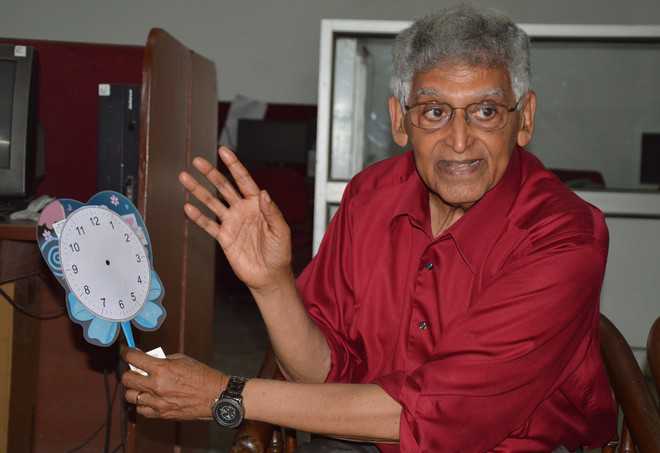Primary Care Companion CNS Disord, February 2022;24(1):21m03064. Original Research: Therapeutic Efficacy of Rhemercise: A Novel Mindfulness Technique in Patients With Opioid Use Disorder,
“Therapeutic Efficacy of Rhemercise: A Novel Mindfulness Technique in Patients With Opioid Use Disorder”
Accepted for Publication in September 2021, The Primary Care Companion to The Journal of Clinical Psychiatry
Authors: Deepam Kundal, Government Medical College, Patiala, India; Rajnish Raj, Government Medical College, Patiala, India; Rohit Garg, Government Medical College and Hospital, Patiala;
Maju Koola Cooper University Health Care, Cooper Medical School of Rowan University, Camden, NJ; Alex Zachariah, Stephen Paul; Michael Bai Prince of Wales Hospital and Community Health Services;
Ori David Florentin; Sajoy P. Varghese VA Northern California Health Care System, m (University of California Davis).


Sajoy Varghese1 , Sheena Varghese2 , Anish Chackochan3 , Maju Koola4 , Sandeep Saini5 , and Alex Zachariah6 1 Jesse Brown VA Medical Center, 2 Department of Physical Therapy, RML Specialty Hospital, 3 3PASS Program, 4 Department of Psychiatry and Behavioral Sciences, George Washington University School of Medicine and Health Sciences, 5 College of Physiotherapy, Christian Medical College, Ludhiana, India, 6 National Institute of Health/National Institute of Aging Background:
Relapse is a core feature of substance use disorders (SUD). Intentional slower breathing or intentional respiratory rate variability" (IRRV) by the aid of Rhemercise (a new exercise manual) may be an effective therapeutic approach for well-being. IRRV can increase Heart Rate Variability (HRV) and that HRV is the biomarker of overall well-being. We hypothesize that increased HRV could decrease craving creating relapse prevention strategy. We hypothesize that IRRV increases HRV.
Methods:
Fitness Assessment Chair Test (FACT) performed at the College of Physiotherapy, Christian Medical College, Ludhiana, Punjab, India. The research involved 15 physiotherapy students and interns 19-25. The progression of fitness was assessed using the FACT, over 3 weeks. The statistical F test, ANOVA, was used to compare the data and post hoc test, Tukey’s test, to compare the pairwise count. This small sample study showed significant changes in week 1, week 2, and week 3 readings. Results: F test (ANOVA) is used to compare the counts. Calculated Test statistics (F test) value 20.447 is more than the table value 3.220. So the difference is significant. Null Hypothesis is rejected there is significant change in week 1, week 2 and week 3 readings with respect to 10 seconds readings.
Conclusions:
FACT is a form of Rhemercise that could increase physical well-being. We hypothesize that IRRV by YR can increase HRV and subsequently decrease craving for illicit drugs. IRRV could be a therapeutic approach to prevent relapses in people with SUD and PTSD. Keywords: YoHA Rhemercise, Substance Use Disorder, Posttraumatic Stress Disorder,
Intentional Respiratory Rate Variability, Heart Rate Variability.